GĐXH - After drinking beeswax-infused wine for about 15 minutes, a 45-year-old man in Hai Phong experienced itching, red rash, and difficulty breathing, so his family took him to the hospital for emergency care.
Anaphylactic shock from drinking beeswax wine
On December 12, Vietnam - Sweden Uong Bi Hospital (Quang Ninh) announced that the hospital had just received and treated a patient who was admitted to the emergency room in a state of grade 2 anaphylactic shock. Before being admitted to the hospital, after drinking beeswax-soaked wine for about 15 minutes, the 45-year-old man (Gia Duc, Thuy Nguyen, Hai Phong) had itching, red rash all over his body, swelling of both eyelids, and difficulty breathing. His family quickly took him to the emergency room at Vietnam - Sweden Uong Bi Hospital.
Upon admission, the hospital doctors determined that the patient had symptoms of grade 2 anaphylaxis and quickly initiated treatment according to the anaphylaxis protocol. After 1 day of treatment, the patient's condition stabilized.
According to doctors at Vietnam - Sweden Uong Bi Hospital, anaphylaxis is an acute allergic reaction, so when detected, the patient must be taken to the nearest medical facility. If not diagnosed and treated promptly, the patient will have circulatory failure, respiratory failure and die immediately. Anaphylaxis often occurs when the patient is allergic to food, drinks or drugs. Anaphylaxis can occur after 1 hour or can occur immediately.
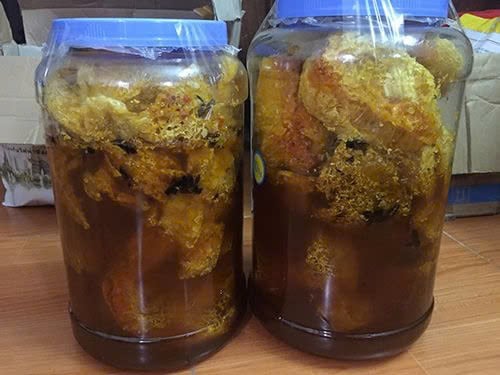
Beeswax wine. Illustration photo
Is anaphylaxis through food dangerous?
According to doctors, anaphylactic shock is a serious allergic reaction. When exposed to a foreign substance, the body's immune system will produce many specific antibodies against this foreign substance. However, in many cases the body overreacts, causing the immune system to initiate a chain of chemical reactions leading to anaphylactic shock.
The body can react anaphylactically to any agent, divided into 5 main types of agents: Drugs (antibiotics, anti-inflammatory pain relievers, muscle relaxants, anesthetics, anesthesia, etc.), foods (eggs, seafood, beef, etc.), animal venom (bee venom, insect venom, etc.), proteins (tetanus antitoxin, blood transfusions, etc.), latex (the body overreacts to certain proteins in natural rubber latex in gloves, condoms, medical equipment, etc.).
Anaphylactic shock is an acute allergic reaction, so when detected, the patient must be taken to the emergency room immediately. If not diagnosed and treated promptly, the patient will quickly die; or fall into a continuous drop in blood pressure, causing confusion in diagnosis, leading to incorrect treatment according to the anaphylactic shock protocol, leading to severe progression.
Anaphylactic shock due to food or oral medication usually starts after 1 hour. Meanwhile, anaphylactic shock due to injection can cause cardiac arrest in just a few minutes, or even seconds. Whether anaphylactic shock is caused by food, oral medication or injection, from the time the symptoms start, blood pressure drops very quickly, and doctors have to race against time to save the patient.
There are 4 levels of anaphylaxis:
- Level 1: The patient only has skin symptoms such as hives, itching, redness, etc. But about 20% of anaphylactic shock cases do not have skin or mucous membrane symptoms and some others have signs of low blood pressure.
- Level 2: The patient has angioedema, difficulty breathing or rapid shallow breathing, chest tightness, abdominal pain, diarrhea, rapid heart rate or arrhythmia.
- Level 3: The patient is in critical condition with rapid breathing, cyanosis, respiratory disorders, convulsions, rapid, weak pulse and low blood pressure.
Level 4: Circulatory arrest, respiratory arrest or late complications such as glomerulonephritis, allergic myocarditis, multiple organ failure leading to death.
Early detection and timely emergency care play a major role in saving the patient's life. Doctors recommend that people should go to the hospital as soon as they notice any unusual signs in their body to receive timely emergency care, to avoid putting their life in danger, making diagnosis and treatment difficult.
Source: https://giadinh.suckhoedoisong.vn/nguoi-dan-ong-45-tuoi-bi-soc-phan-ve-do-2-thua-nhan-da-su-dung-loai-do-uong-duoc-nhieu-nguoi-viet-ua-chuong-1722412121138136.htm








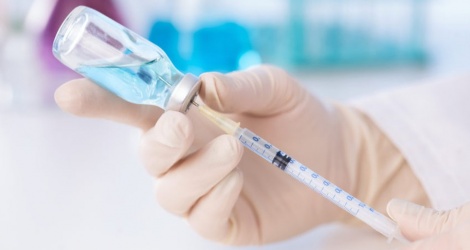



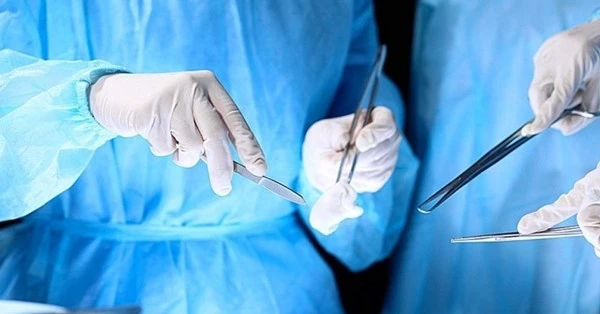



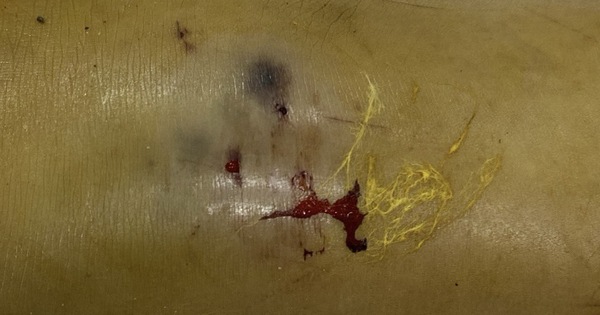






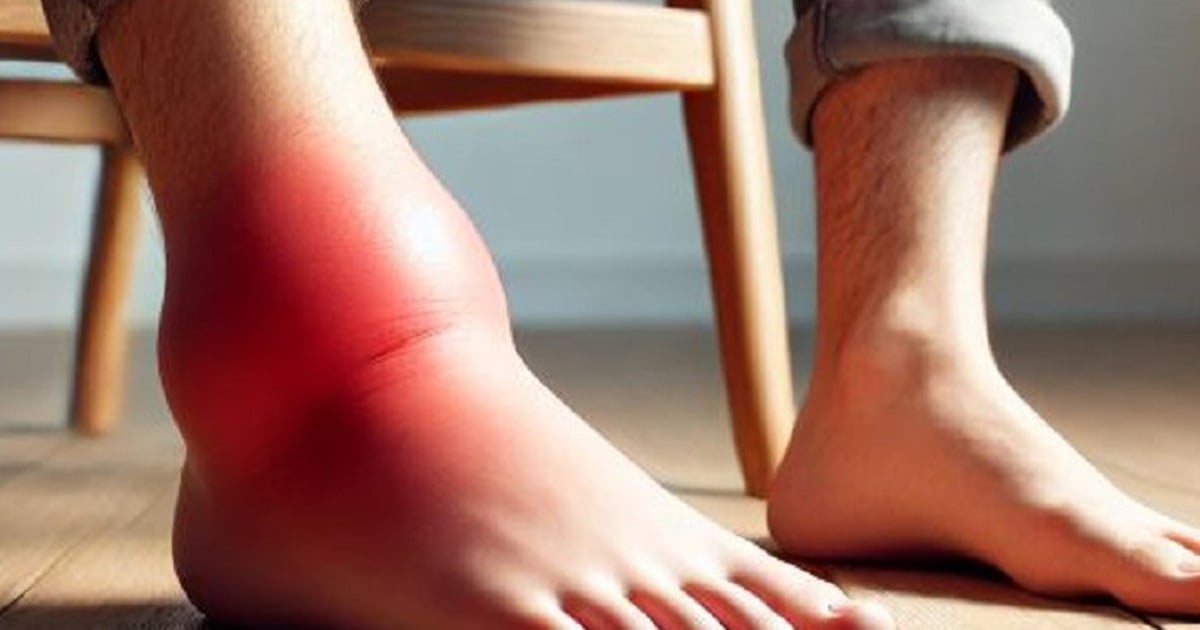

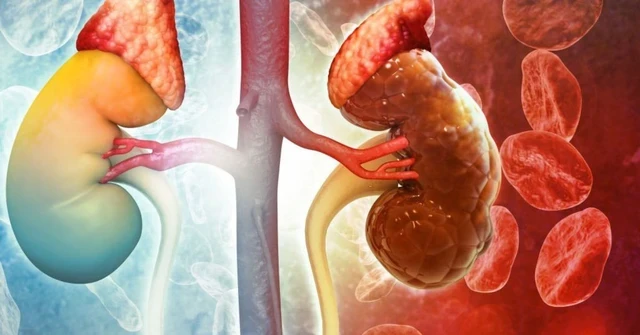






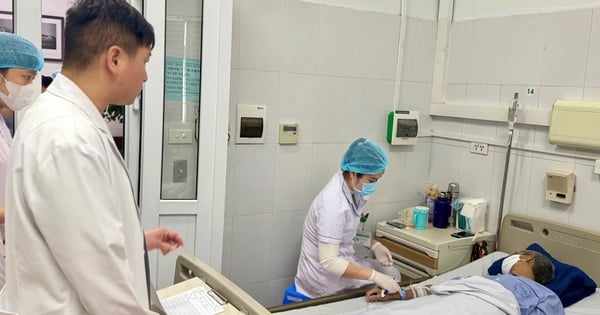





























































Comment (0)